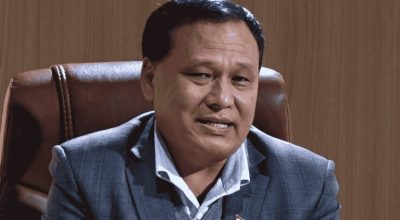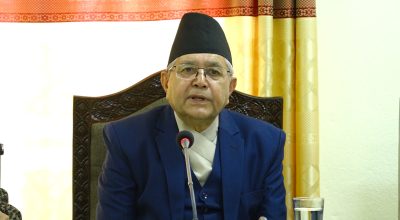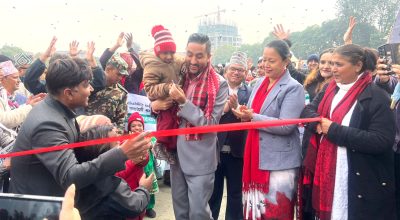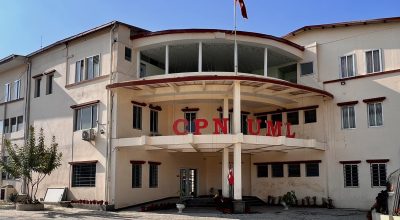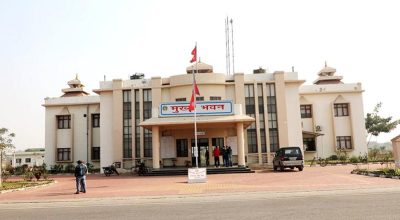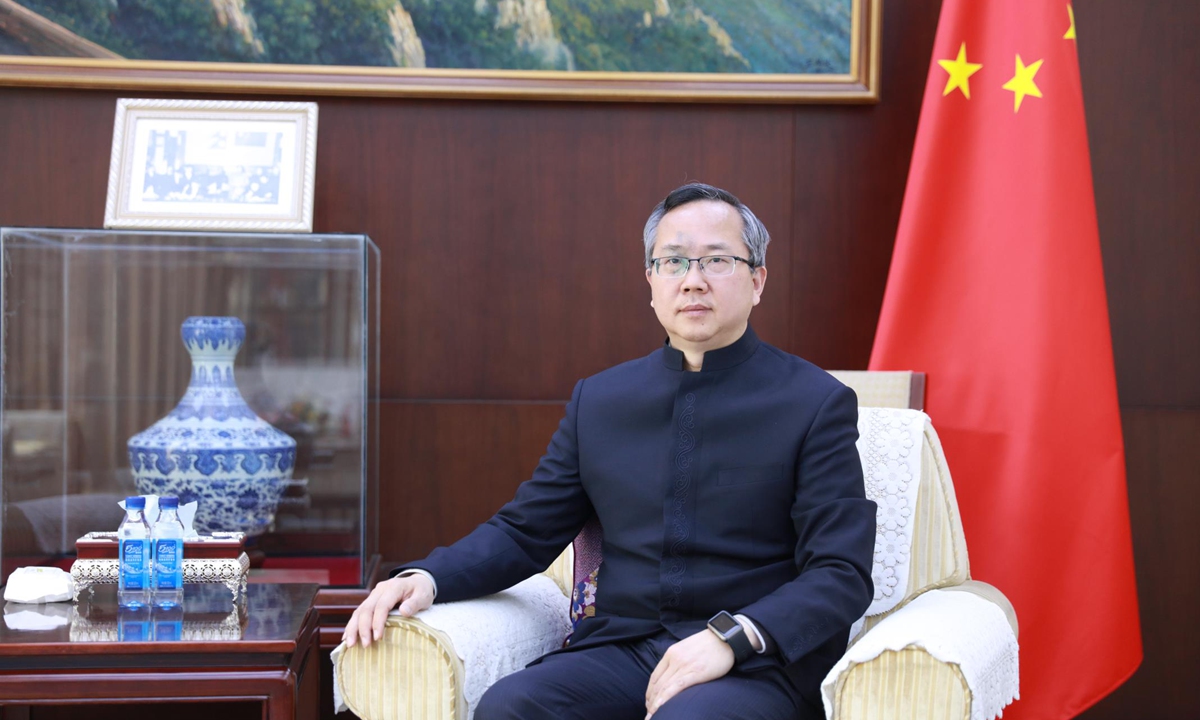
The 20th Central Committee of Communist Party of China convened its third plenary session in Beijing from July 15 to 18, 2024, which drew a new blueprint for China’s economic and social development, and is of great significance to China and the world.
Attention at home and abroad has been attracted on the plenary, as it’s one of the most important meetings on China’s political agenda. Since the Reform and Opening-up, every and each third plenary session has focused on reform issues and made plans and arrangements for China’s development in the coming five to ten years.
After the Plenary’s successful conclusion, experts from the whole world paid lively discussion to this conference, believing that it was a milestone in China’s reform and opening-up process, demonstrating the strong determination of the Communist Party of China to further deepen reforms in an all-round way and open up broad prospects for China’s modernization, and sending a strong signal to the international community that it will unswervingly uphold the principle of reform and opening-up.
Ⅰ. Considerations on the Third Plenary
During the pleanary, Chinese President Xi Jinping delivered the following messages:
First, we need to rally support and pool strength to complete the Party’s central task on the new journey in the new era. At the fundamental level, to translate the strategic plans, such as the Second Centenary Goal, into action and turn the vision of Chinese modernization into reality, we must further deepen reform comprehensively and keep working to improve the systems and mechanisms across all sectors, so as to provide institutional support for advancing Chinese modernization.
Second, we need to improve and develop the system of socialism with Chinese characteristics and modernize China’s system and capacity for governance. In the face of new developments and tasks, we must further deepen reform to continue refining institutions and mechanisms in various sectors, which will enable us to better translate our country’s institutional strengths into effective governance.
Third, we need to promote high-quality development to better respond to the changing contradiction in Chinese society. At present, unbalanced and inadequate development remains a prominent problem in promoting China’s high-quality development. It is essential that they are addressed by deepening reform comprehensively on an institutional basis.
Fourth, we need to effectively manage major risks and challenges and secure steady and sustained progress in the cause of the Party and the country. Advancing Chinese modernization is a whole new endeavor. We need to create sound institutions to prevent and defuse risks and respond to challenges, strive to foster new opportunities amid crises, and break new grounds amid the changing landscape.
Ⅱ. The Main Content of the Resolution of the Plenary
In addition to a preamble and a conclusion, the resolution consists of 15 sections, which could be divided into three main parts. The first part, namely the first section, is a general exposition on the great significance and general requirements of further deepening reform comprehensively to advance Chinese modernization. Sections two through fourteen make up the second part, which elaborates on reform plans in specific fields such as the economy, politics, culture, society, environmental conservation, national security, and national defense and the military. Section fifteen is part three. This part focuses on deepening reforms related to Party building, improving conduct, building integrity, and combating corruption and so on. The above content is laid out in a total of 60 subsections.
With a view to achieving the goal of basically realizing socialist modernization by 2035, the resolution includes major reform measures for the coming five years. In terms of its layout and content, it features the following highlights.
First, giving play to the leading role of economic structural reform. The main tasks in this regard include improving the systems and mechanisms for enabling high-quality development, fostering new growth drivers and strengths, upholding and fulfilling the commitments to the public and non-public sectors, building a unified national market, and refining the systems underpinning the market economy.
Second, developing support institutions and mechanisms for all-ground innovation. With a view to ensuring coordinated efforts to promote integrated reform of institutions and mechanisms pertaining to education, science and technology, and talent, the resolution places emphasis on deepening comprehensive reform in education, deepening scientific and technological structural reform, and deepening institutional reforms for talent development, so as to boost the overall performance of our country’s innovation system.
Third, advancing reform in a comprehensive manner. The resolution sets forth plans for further deepening reform across the board and makes overall arrangements for both economic structural reform and reform in other areas, which including the concerning democracy and the rule of law, the cultural sector, the system for ensuring and improving the people’s wellbeing, the system of ecological conservation.
Fourth, balancing development and security imperatives. It requirements include creating a coordinated and highly effective system for protecting national security and better leveraging science and technology to safeguard national security; improving the response and support system for major public emergencies and etc.
Ⅲ. What Does It Mean to the World
Domestic and foreign entrepreneurs and observers said that the third plenary sends a positive and warm signal not only to China but also the whole world, elevating their confidence for further investment and development in the country and injecting stability to the world amid growing geopolitical tensions and protectionism.
Currently, China’s economy is maintaining an upward trend, high-quality development is advancing in a solid manner, and main macro-economic figures are meeting expectations, strengthened policy adjustments and palpable reforms to boost sustained economic recovery. After China reported a 5% GDP growth for the first half of 2024, some international organizations and multinational banks such as IMF and Singapore-based DBS maintained their forecast for China’s economic growth this year, underscoring that global confidence in stable growth in China’s economy has remained unchanged.
In promoting high-level opening-up, China will expand unilateral opening-up to the least-developed countries, and open to the rest of the world its goods, service, capital and labor markets in an orderly way, which will bring more development opportunities and share more benefits with developing countries like Nepal. #Nepal
Chen Song, Ambassador of The People’s Republic of China to Nepal.






